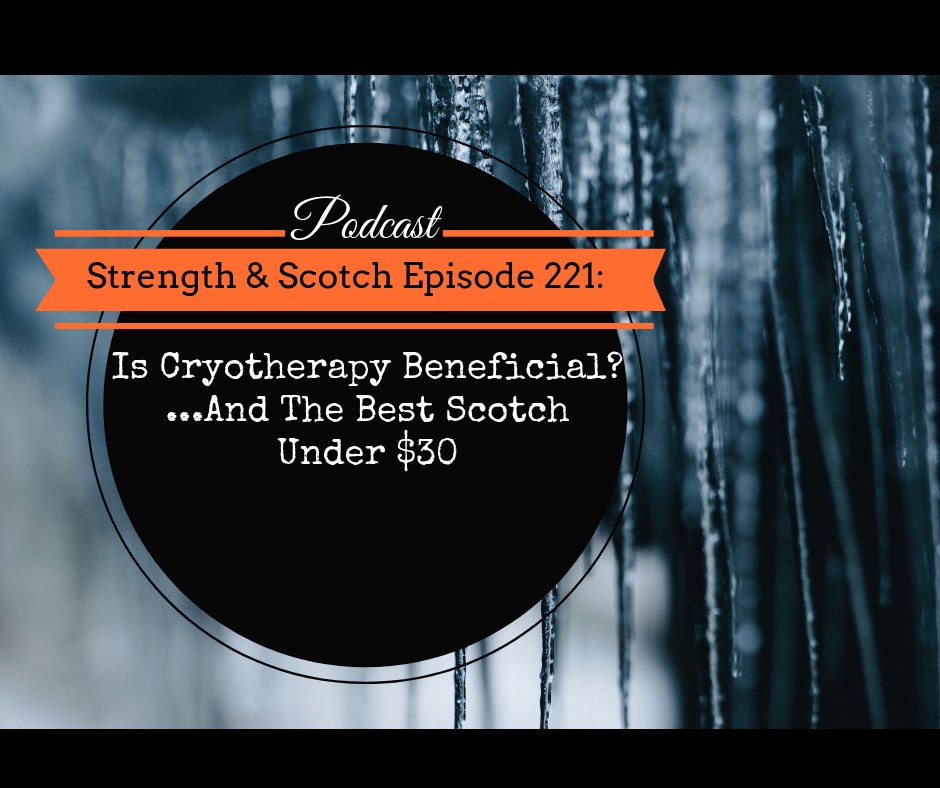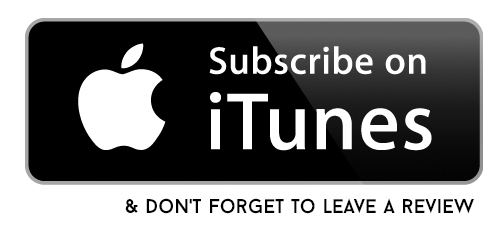Episode 221 Show Notes
Show notes….
Grant and Heavey discuss the hype around cold exposure and whether it’s beneficial or not for fat loss, recovery from injury, and mood enhancement. Plus, find out which bottle of whiskey Grant recommends to those who want to try it for the first time!
[01:49] Pushups for Better Health
Grant presents this article featuring a ten-year study across 1100 people. The result showed that men who can do more than 40 pushups are 96% less likely to have coronary issues than those who can only do 10. Checkups were done to make sure they all started “healthy.” They were put through a treadmill stress test. No other factors were considered such as whether they smoke or drink. They did use a subgroup where those doing the test were all firefighters.
Heavey points out the importance of having muscle mass. This is backed by a lot of research showing that muscle mass strongly correlates with living a full and healthy life. This is connected to your ability to do pushups to some degree. Doing some level of strength training is extremely valuable in this sense.
[06:30] BCAAs and Scotch for First-Timers
Question from Daniel:
“Are BCAAs worth my money? Do they help with recovery at all or at least with maintaining muscle when otherwise restricting calories? If I’m wanting to try and see if I like scotch, what’s a good starter bottle you recommend that’s under about $30?”
Heavey says:
This topic was actually addressed in Episode 175. So take a listen to it.
Grant says:
When it comes to whiskey, this could be hard to answer considering the $30-price limit. You can get a really good bottle of bourbon for $30. But with scotch, there are two worlds of blended scotch and single malt. The blended scotch makes up the largest volume while the single malts are where people get wrapped up in more expensive bottles. In fact, scotch has now become synonymous with single malt. What it means really, is that it’s made from one distillery. It doesn’t necessarily indicate quality. Grant explains there isn’t a whole lot of single malt bottles available for under $30. Once you get to the $30-$50 range, you open up a whole lot of options.
Since Daniel loves Jameson, Grant recommends getting a bottle of Johnnie Walker Black Label. It has a lot of different whiskeys from across Scotland blended into a balanced scotch. You can drink it neat or on the rocks. It’s going to taste more full-bodied than the Jameson without having to be super peaty or heavy on the sherry. It has a little bit of everything – a hint of peat, smokiness, and a lot of balance. For the price you pay, it’s a great bottle to start with to see if you like scotch or not.
[10:50] Add a Little Water – Totally Fine!
Grant would recommend adding ice to it but there’s nothing wrong with adding some water if it tastes better to you. Johnnie Walker is at 40% so it’s not a real hot one like some of the other bottles. Jameson has a lighter body because it’s aged less on the one hand. And on the other hand, Jameson and Irish whiskeys are triple distilled. Whereas most scotches are just double distilled. They’re keeping more of the flavor that way because the more you distill it, the more you remove “impurities” – what that means is flavor. Like to get vodka, you just keep distilling until there’s nothing left. One region that’s famous for doing triple distilled in Scotland is the Lowlands.
[12:41] Jameson vs. Johnnie
If you want to start exploring other options and find that you like Irish whiskey. Try out Green Spot, Redbreast, or a bottle of Yellow Spot. Nevertheless, the Johnnie Walker Black Label is on that same level as Jameson as far as approachability. It’s a different flavor, but it’s not overwhelming.
[13:50] Cold Exposure
Question from Austin:
Nearly everyone seems to be talking about cold exposure. Is it all hype or is there any value in it?
Heavey says:
We use ice all the time for treating injuries. Ice baths are used regularly for recovery. Science does show some benefit for cold, like with inflammation, immune and cognitive function, exercise recovery – so there are some benefits.
But all this being said, there’s a ton of hype out there. Heavey found a recent study that showed that cryotherapy isn’t as effective as exposure to cold water. So those chambers people are getting into aren’t as good as just getting a good, old fashioned ice bath.
[17:00] Cold Exposure for Fat Loss
At a high level, cold temp does seem to increase metabolic rate. This is because your body has to work extra hard to maintain your internal temperature at 98 degrees. Just that sheer physiological adjustment of shivering burns calories. The problem is that if you want to use this as a primary technique or tool for losing fat, it’s not something you can just do for a short stint. It requires regular exposure to cold temps. The study showed a 5% increase in energy expenditure when temps are dropped 6 degrees Celsius relative to comfort level. Please listen to Episode 129 where a study presented actual amounts of fat loss between a control group and a group exposed to cold.
There is a measured effect on this but if you’re using this as your primary tool for fat loss, you’re going to be unhappy with the results.
[18:55] Cold Exposure for Recovery
To enhance recovery, it’s actually best not to do cold therapy directly after exercise which is contrary to how most athletes handle it. The problem with this is it can diminish post-workout inflammation which is part of how you benefit from exercise. Exercise triggers inflammation and your body recovering from that is how you improve and build muscle. If you dampen that right away, you’re inhibiting your body’s ability to do that.
If you’re going to use cold exposure to benefit from it for recovery, then it’s best to wait at least a few hours after the activity. Now, if you experience acute injury, it makes sense to do it right away to help contain the swelling. But this whole RICE (rest, ice, compress, elevate) now seems to be replaced with elevate, compress, and move.
Inflammation helps your body recover. But that process can be inhibited. Heavey cites that acute cold exposure can inhibit the function of the lymphatic system which prevents it from doing its job during injury recovery.
[22:00] Cold Exposure for Mood Enhancement
Acute cold exposure triggers the fight or flight cascade. The fight or flight is often seen in a negative context. But because of its brevity, it can actually as a hormetic stressor where we experience and adapt it in beneficial response – just like how exercise is a hormetic stressor where your body adapts and improves because of it.
Cold exposure triggers the fight or flight response and can make you feel good. It releases norepinephrine which increases attention and improves mood. It’s like an endorphin rush. You might notice this after you’ve taken a cold shower or jump into a cold pool.
Links:
Link to article: https://www.nydailynews.com/life-style/health/ny-news-health-heart-disease-harvard-study-20190218-story.html
Strength and Scotch Episode 175: Are BCAAs Worth Your Money
SS 129 – Can Turning the Thermostat Down Make You Lose Fat?

Check out the gear page for everything Strength & Scotch! You’ll find a listing of all the supplements and other programs we’ve discussed on the show as well as our killer t-shirts!

